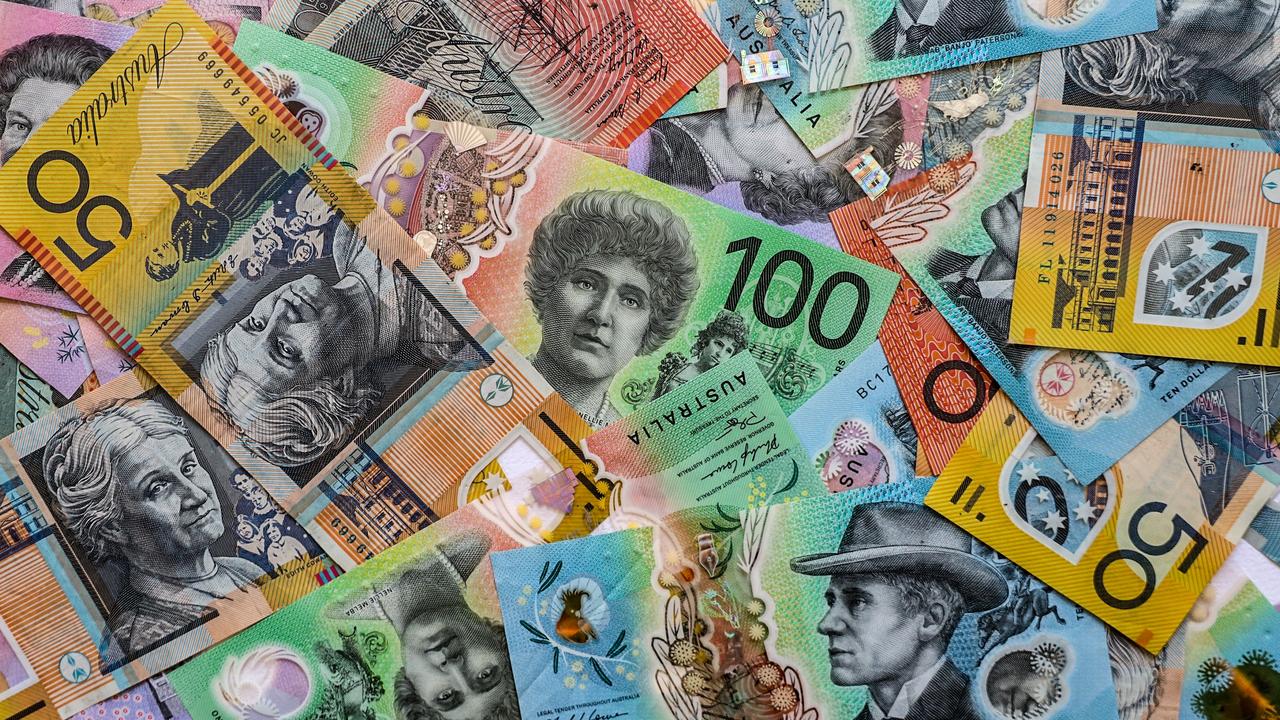Why borrowers are now starting to fix their interest rates
MORTGAGE customers are turning to fixed rate loans for the first time in years, but experts warn there are factors to consider before locking rates in.

Interest Rates
Don't miss out on the headlines from Interest Rates. Followed categories will be added to My News.
MORTGAGE customers are concerned interest rates will creep up in 2016 and are turning to fixed rate loans for the first time in years.
And investors continue to be stung with higher interest rates than owner occupiers as the banks tighten the screws on housing lending.
Investors who are locking in their loans are paying on average 19 basis points more than owner occupiers — the average three year fixed rate for owner occupiers is 4.35 per cent.
Aussie Home Loans has reported a tripling of customers locking in their loans — climbing from just 13 per cent in June to 38 per cent in November.
The Australian Prudential Regulation Authority announced a tightening on home loans — particularly investor lending — in mid-2015 and the ripple effect has been felt by borrowers who have experienced rate rises in recent months.
One of the nation’s largest broking networks Australian Finance Group’s spokesman Mark Hewitt said they has also recorded a spike in customers locking in their loans.
“Fixed rates peaked at 21.7 per cent of our business in the June quarter in 2013,’’ he said.
“They have been declining as a share of our business ever since until this current quarter where they have risen from 11.3 per cent to 13.2 per cent.
“This is an indication that borrowers are thinking that an interest rate rise may be around the corner.”
Mortgage Choice also reported in October a four-year low of customers locking in their loans at about 14 per cent but has consequently seen its first increase in November since 2011.
RateCity analysis shows on a $300,000 30-year loan the average-three year fixed rate for an owner occupier is 4.35 per cent compared to 4.54 per cent for investors.
The site’s spokeswoman Sally Tindall said investors have been hit hard with rate rises resulting in many fixing their loans.
“The majority of property investors have taken a double hit this year with the introduction of higher rates in July and August, followed by the rate hike initiated by the major banks in October,’’ she said.
“Fixed rates in particular are becoming extremely competitive this summer with lenders such as the Bank of Queensland and Freedom Lend are offering three-year fixed rates under four per cent.”
The Australian Securities Exchange Rate Indicator which monitors market expectations of the official cash rate is predicting just a 13 per cent chance the Reserve Bank of Australia board will drop the cash rate to 1.75 per cent when it means for the first time in 2016 in February.
Originally published as Why borrowers are now starting to fix their interest rates


